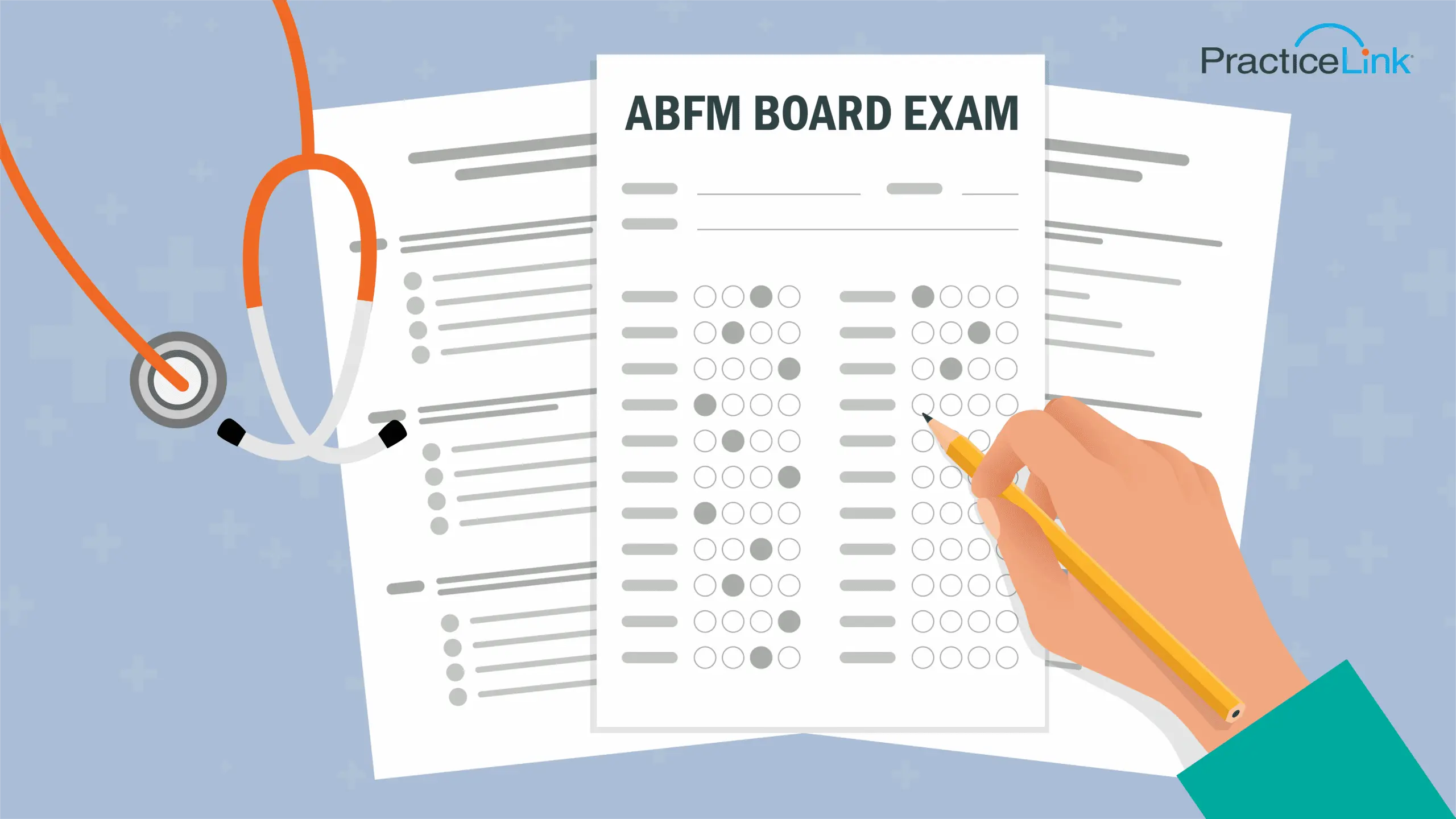
How hard is the ABFM board exam?
How hard is the ABFM board exam? Preparing for the American Board of Family Medicine (ABFM) certification can certainly feel like an uphill climb. Many physicians wonder just how challenging the exam will be, especially given its role in board certification and career progression. The truth is, the difficulty of the ABFM board exam depends on preparation, familiarity with the content and test-taking strategy.
That’s where resources like medical board prep and AAFP board review questions become invaluable. By understanding how the exam is structured, what typical scores look like and how passing rates compare, you can walk into test day with confidence.
How hard is the ABFM board exam?
The ABFM board exam is designed to assess a family physician’s knowledge of essential clinical concepts across multiple disciplines. It evaluates not only how much you know but also your ability to apply that knowledge in real-world scenarios.
The test itself typically includes hundreds of multiple-choice questions covering areas like preventive care, chronic disease management and clinical decision making. One way to understand the level of difficulty is to look at the ABFM average score, which generally falls around the mid-400s on a scale ranging from 200 to 800.
For many test takers, the perceived difficulty is tied to how much time they’ve dedicated to studying and reviewing key areas of family medicine. Familiarizing yourself with the test structure and simulating exam conditions can make the exam feel more manageable.
What is the pass rate for family medicine boards?
The pass rate for the ABFM board exam is another useful indicator of its difficulty. In recent years, the majority of candidates have passed, but the rate can fluctuate based on testing year and candidate pool.
An important metric to consider is the ABFM score percentile, which places your individual performance in relation to other test takers. For example, a 50-percentile score means you performed better than half of the examinees. Knowing how these percentiles are distributed can help you set a realistic target score and benchmark your preparation progress.
Pass rates tend to be high for first-time test takers who complete a structured review program, emphasizing the value of dedicated study time and practice questions.
What is a good score on the ABFM exam?
When considering what is a good ABFM score, it’s helpful to understand the scoring scale. Similar to other physician and health profession board exams in the U.S., the ABFM uses a 200–800 scaled scoring system. A passing score on the ABFM is 380. While any score above this threshold means you’ve passed, many physicians aim for higher scores to demonstrate strong mastery and ensure a comfortable margin above the minimum.
Once board certified, your numeric board score or the percentile rank should not be included on your CV. Including such scores is considered unprofessional and unnecessary. The AMA explicitly notes examination scores are considered inappropriate for inclusion on a physician CV, as they are not relevant to clinical or professional evaluation and could raise privacy or bias concerns.
Even so, scoring in the upper percentiles can give candidates a sense of personal accomplishment and reinforce confidence in their clinical knowledge. If your goal is simply to pass, then aligning your preparation with the passing benchmark is sufficient. But if you’re aiming for top performance, focusing on the upper percentile range during your study sessions can give you an extra edge.
What is the highest score on the ABFM exam?
While not every candidate needs to aim for a perfect score, knowing the top end of the scale can help set realistic expectations. The ABFM highest score reported is typically near the upper 700s on the 200–800 scale. Achieving this level requires a combination of strong baseline clinical knowledge, consistent study habits and effective test-taking strategies.
It’s worth noting extremely high scores are rare and not required for board certification. The majority of passing physicians score closer to the national average. Still, understanding the score distribution can help reduce anxiety and keep your goals in perspective.
Preparing effectively for the ABFM board exam
Success on the ABFM board exam isn’t just about intelligence — it’s about strategy. Effective preparation involves creating a structured study plan, reviewing high-yield topics and practicing with board-style questions.
Utilizing trusted review resources, like those available through the AAFP website, ABFM online library and PracticeLink’s Physician Board Prep & Review resources, can help you focus your efforts. Many successful candidates find it beneficial to simulate testing conditions to build stamina and reduce exam-day anxiety.
Preparation tips include:
- Start studying early, ideally several months in advance.
- Use practice questions regularly to identify weak areas.
- Review core family medicine topics thoroughly.
- Build in rest and review periods to reinforce learning.
While the ABFM board exam is certainly challenging, it’s also very passable with the right preparation. By understanding score ranges, pass rates and percentile benchmarks, you can set informed goals that match your study plan and career aspirations.
Whether your goal is to pass confidently or aim for the top percentiles, strategic preparation is key.
For additional tips, explore our Physician Board Prep and Review blog as well as other resources and practical tools at PracticeLink.com.

